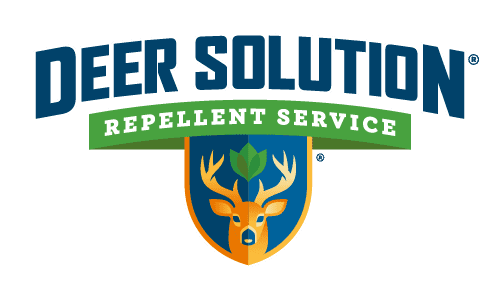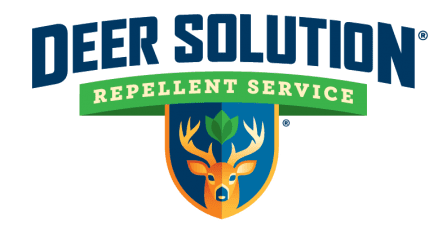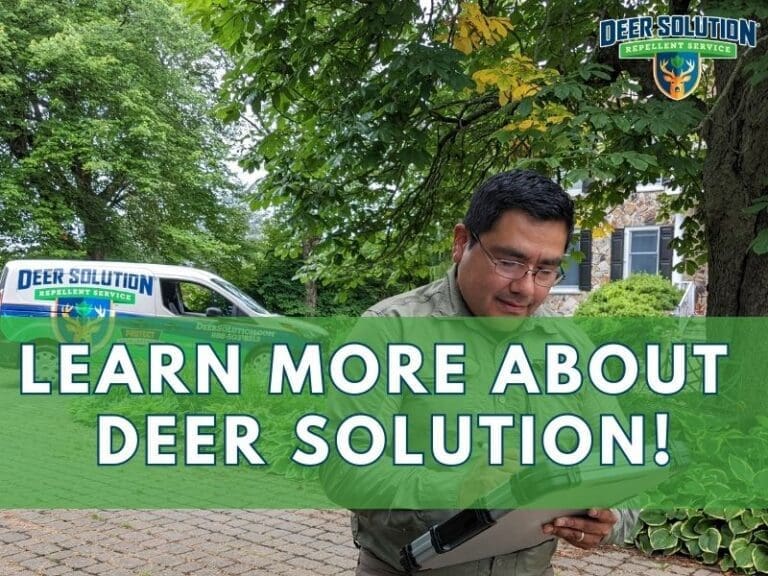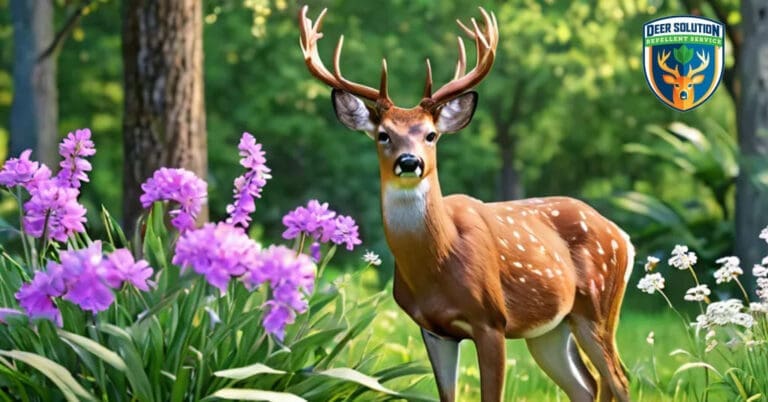As spring unfolds, gardeners often find themselves pondering the delicate balance between cultivating beautiful blooms and coexisting with local wildlife. One question that frequently arises is, “”Do deer eat Woodlands Phloxes?”” This inquiry opens up a fascinating exploration into the world of spring flora and fauna interactions.
The Allure of Woodlands Phloxes
Woodlands Phloxes, with their vibrant clusters of star-shaped flowers, are a cherished sight in many gardens. These perennial plants, native to North America, offer a splash of color ranging from soft pinks to deep purples. Their ability to thrive in partially shaded areas makes them a popular choice for woodland gardens and natural landscapes.
Deer Dining Preferences: A Complex Menu
When it comes to the question of whether deer eat Woodlands Phloxes, the answer isn’t straightforward. Deer, like many animals, have preferences that can vary based on factors such as food availability, season, and local deer populations. While Woodlands Phloxes are not typically at the top of a deer’s preferred menu, they may sample these plants under certain circumstances.
Natural Defenses: Nature’s Clever Design
Woodlands Phloxes possess certain characteristics that may make them less appealing to deer. These plants often have a slightly fuzzy texture to their leaves, which some deer find less palatable. Additionally, the aromatic qualities of Phloxes might deter deer in some cases, as strong scents can sometimes act as a natural repellent.
Seasonal Considerations: Timing is Everything
The likelihood of deer eating Woodlands Phloxes can fluctuate with the seasons. In early spring, when food sources are scarce, deer may be more inclined to nibble on a wider variety of plants, including those they might normally avoid. As the season progresses and more food options become available, deer may be less likely to target Woodlands Phloxes.
Creating a Harmonious Garden Ecosystem
While the question “”Do deer eat Woodlands Phloxes?”” is important, it’s equally crucial to consider the broader ecological role these plants play. Woodlands Phloxes are valuable contributors to garden biodiversity, attracting a variety of pollinators such as butterflies and bees. By supporting these beneficial insects, Phloxes contribute to a healthier, more balanced garden ecosystem.
Companion Planting: Strength in Numbers
One strategy that may help protect Woodlands Phloxes is companion planting. Surrounding these plants with other species known to be less appealing to deer might offer some level of protection. Plants with strong scents or textures, such as Lavender or ornamental grasses, could potentially create a natural barrier that discourages deer from approaching your prized Phloxes.
Embracing Sustainable Garden Management
As we navigate the complexities of gardening alongside wildlife, it’s important to approach deer management with a balanced, eco-friendly mindset. While deer may occasionally nibble on Woodlands Phloxes, these beautiful plants can still thrive in many gardens. Focusing on creating a diverse, resilient landscape can help mitigate potential deer damage while supporting local ecosystems.
For those seeking a more comprehensive approach to managing deer interactions in their gardens, services like Deer Solution offer specialized expertise. With a focus on eco-friendly practices, Deer Solution provides tailored strategies designed to help maintain beautiful landscapes while respecting the natural environment and its inhabitants.








